Night-Blooming Jasmine: Your Guide to That Unforgettable Evening Scent
I’ve been working with plants for a long, long time, and I’ve seen countless trends bloom and fade. But some plants just stick around, and for good reason. The night-blooming jasmine is definitely one of them. I’ll never forget the first time I suggested one for a client’s patio. About a week later, my phone rang, and they were just beside themselves, absolutely captivated by the incredible fragrance that filled their yard every evening. It’s more than a plant; it creates an entire mood.
In this article
- So, How Does That Amazing Scent Work?
- Where to Plant: In the Ground or in a Pot?
- My Go-To Soil Mix for Happy Potted Plants
- The Simple Routine: Water, Food, and Care
- Pruning: How to Keep It Bushy and Full of Blooms
- Winter Care: Bringing Your Plant Indoors
- Troubleshooting: Why Isn’t My Plant Blooming?
- Galerie d’inspiration
But honestly, it’s a plant that people often get wrong. My mission here is to share what I’ve learned from years of hands-on experience, so you can grow this beauty successfully and, more importantly, safely. Let’s skip the common mistakes I see all the time.
Before we dig in, we need to get two things straight. First, and this surprises a lot of people, this plant isn’t a ‘true’ jasmine. Those belong to the olive family. This guy is actually a member of the nightshade family, making it a relative of tomatoes, peppers, and potatoes. This isn’t just a bit of plant trivia; it’s a huge clue for how to care for it and why safety is so important.
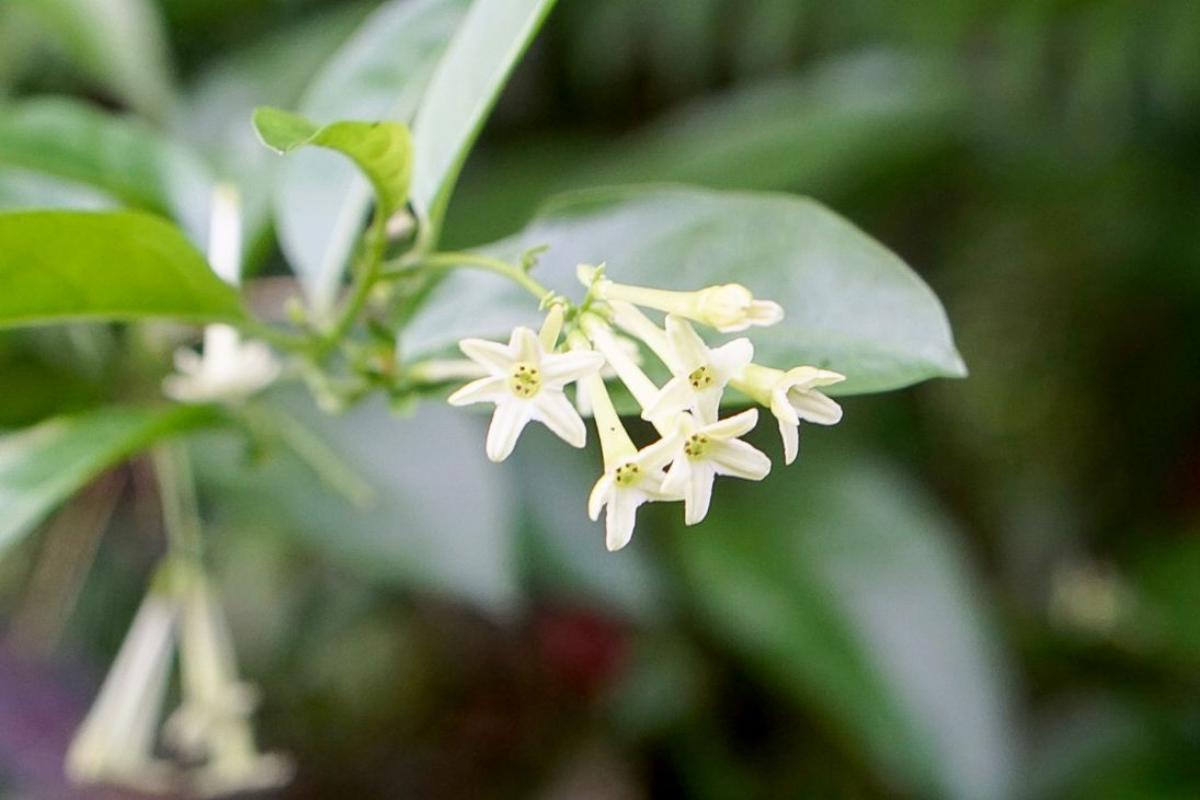
And that brings me to my second point, and please take this one seriously: every part of this plant is toxic if eaten. The leaves, the stems, and especially those little waxy white berries that show up after the flowers are gone can cause real trouble for people and pets. So, you have to be smart about where you put it, particularly if you have curious kids or four-legged friends running around.
A quick pro-tip: To be extra safe, you can simply snip off the berries after the blooming cycle finishes. This completely removes the risk and also tells the plant to put its energy back into making leaves and stems, not seeds.
So, How Does That Amazing Scent Work?
It’s not magic, it’s biology! The plant is smart. Its pale, skinny flowers aren’t designed to catch the eye of daytime bees. Instead, they stay closed all day, soaking up sunlight and storing energy. Think of it like charging a battery. When dusk hits, the flowers open and release a powerful, sweet scent that travels on the night air to attract their preferred pollinators: nocturnal moths.
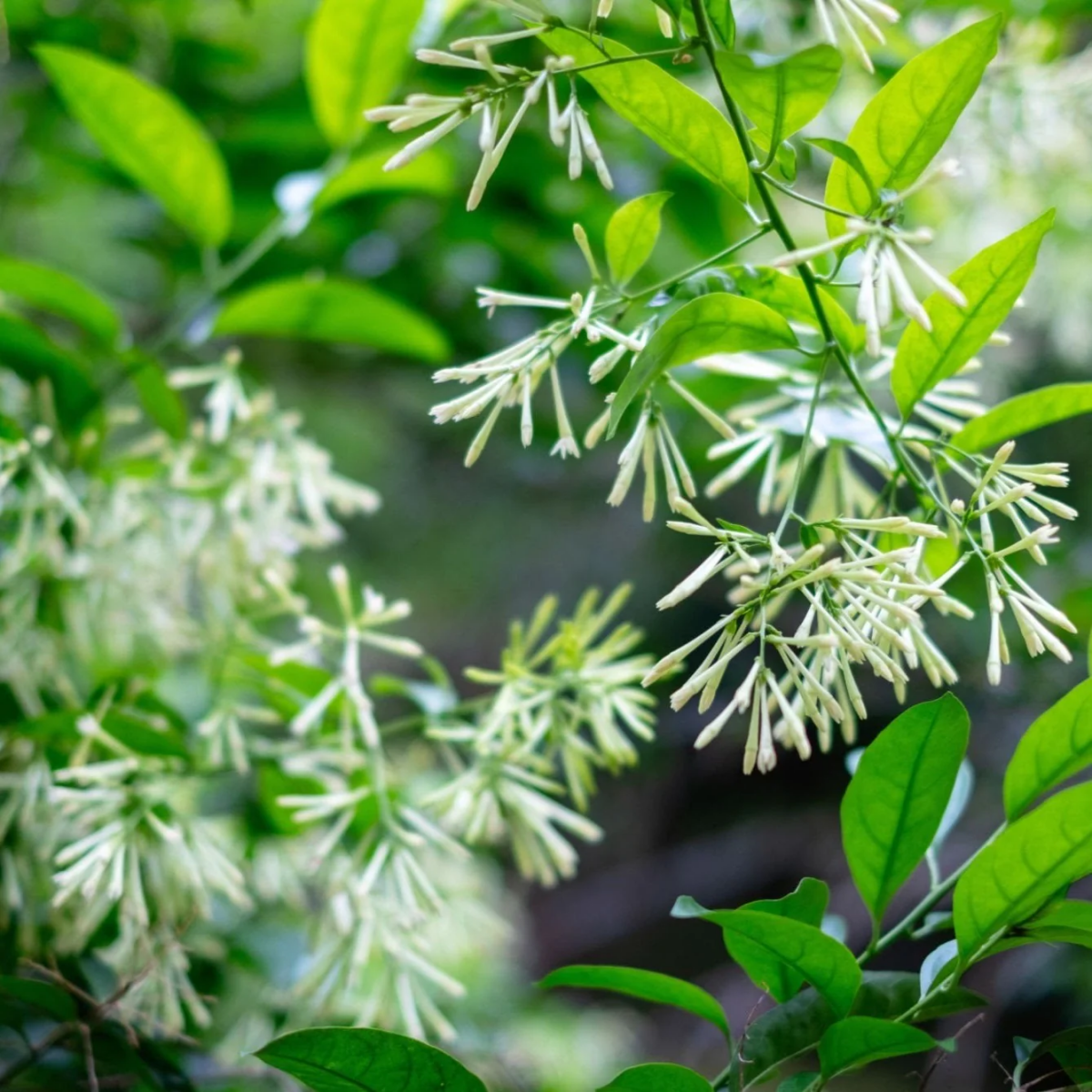
Understanding this is the key to getting blooms. The plant needs that ‘charging’ time, which is why at least six hours of direct sun is a must. Without it, the plant just doesn’t have the fuel to put on its nighttime show. Oh, and by the way, the fragrance is always stronger on warm, humid nights. The moisture in the air actually helps carry the scent molecules farther. On a cool, dry evening, it’ll be much more subtle.
Where to Plant: In the Ground or in a Pot?
Your first big decision is where this plant will live, and your local climate is the boss here. This is a tropical native, so it loves warmth and hates a hard frost. If you live somewhere with mild, generally frost-free winters, you can plant it right in the garden. For everyone else, a container is your best friend.
Planting in the Garden (For Warm Climates)
If you’re in a warm region, you can put this shrub right in the ground, where it can get pretty big—sometimes up to 8-10 feet tall if you let it go! When picking a spot, think about that powerful scent. I once had a client plant one directly under their bedroom window and they had to move it. On warm evenings, the fragrance was so intense it was actually overwhelming. My advice? Plant it at least 15-20 feet away from windows or seating areas. Let the breeze bring the scent to you. It’s much more magical that way.
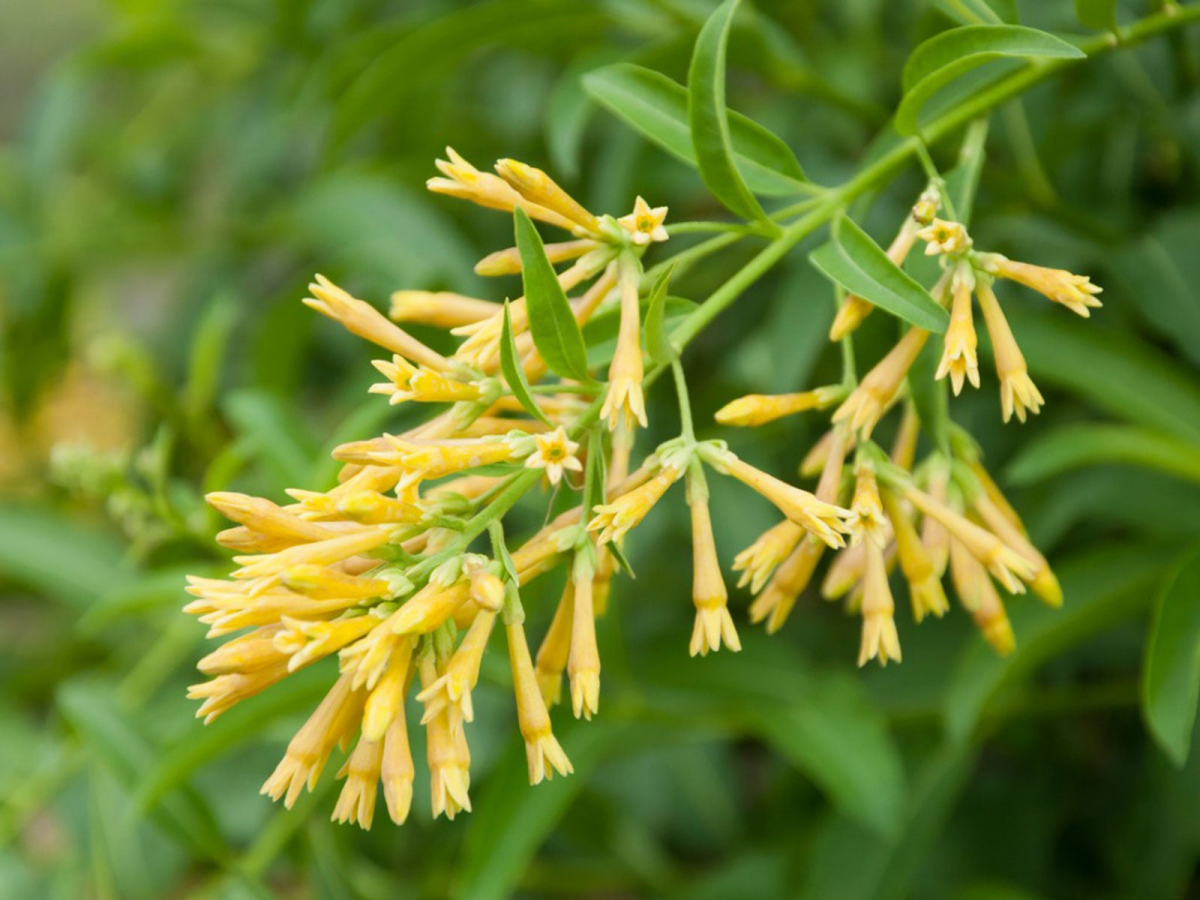
The soil has to, and I mean HAS TO, drain well. This plant’s roots will rot if they sit in soggy soil. An easy way to check is to dig a hole about a foot deep and fill it with water. If it drains away within an hour or two, you’re golden. If water is still sitting there hours later, you’ll need to mix in a generous amount of organic compost or aged pine bark to improve the soil structure.
Growing in a Container (For Colder Climates)
For most of us, a pot is the way to go. It gives you total control and lets you bring the plant inside to survive the winter. Start with a pot that’s about 12 inches across. Don’t make the classic mistake of putting a small plant in a giant pot; it holds too much water and is a recipe for root rot. You can always move it to a bigger home in a couple of years.
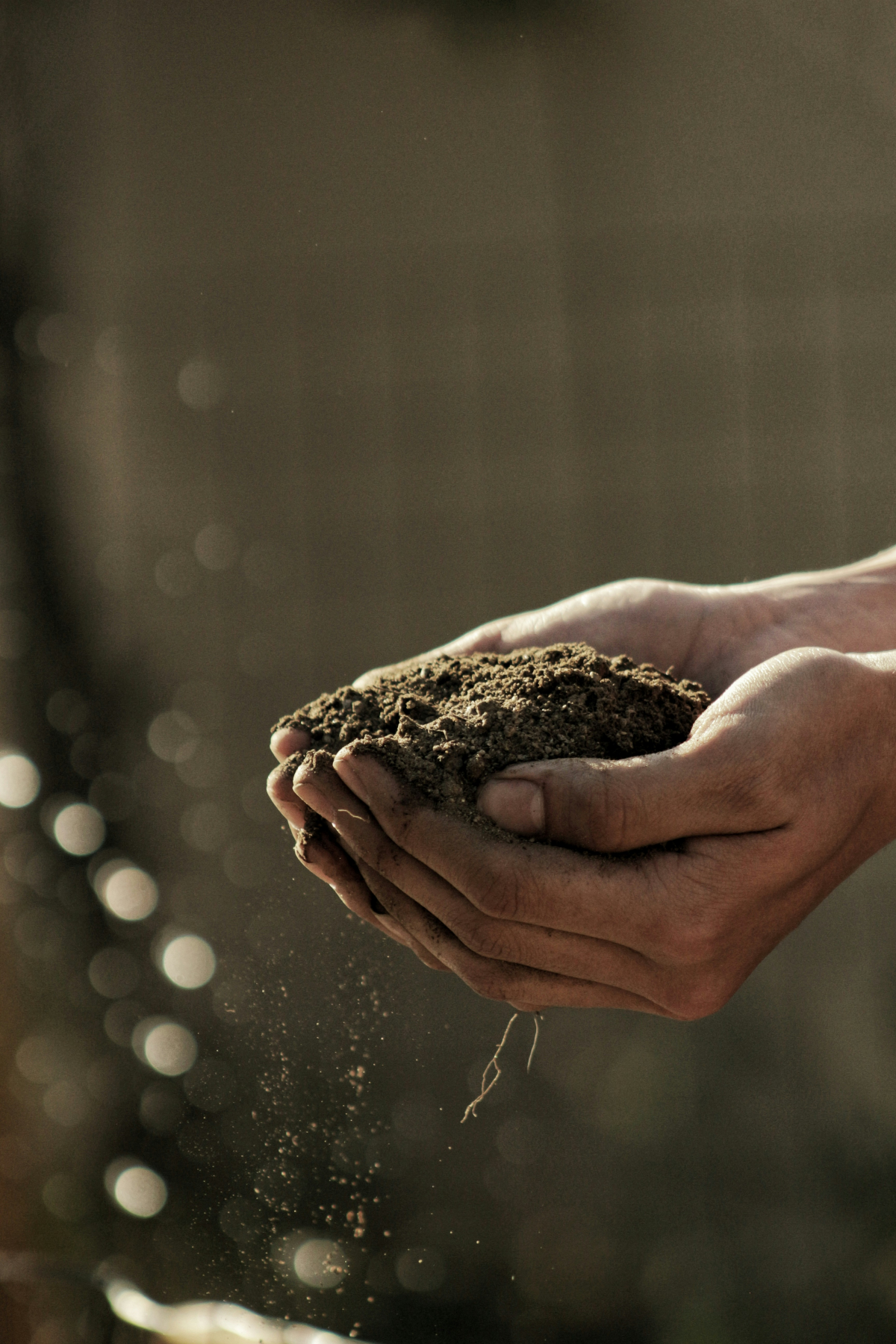
Heads up! Make sure the pot has plenty of large drainage holes. This is non-negotiable. I like to cover the holes with a small piece of window screen to keep the soil from washing out. And please, ignore the old myth about putting a layer of gravel at the bottom of the pot. It actually makes drainage worse by creating a layer of stagnant water. It’s a stubborn myth, but a myth nonetheless.
My Go-To Soil Mix for Happy Potted Plants
Sure, you can grab a bag of high-quality potting mix from the store, and that’s fine. But if you want to give your plant a truly perfect start, I swear by mixing my own. It’s easy and makes a huge difference. Here’s what you’ll need:
- Two parts good quality potting soil: This is your base. A bag usually costs around $10.
- One part perlite: These little white volcanic rocks are your secret weapon. They keep the soil light and airy, preventing root suffocation. A small bag is about $8.
- One part aged compost: This acts like a slow-release vitamin, feeding your plant and improving soil health. Expect to pay around $8 for a bag.
Just mix it all up in a wheelbarrow or on a tarp before you pot up your plant. Your total investment for amazing soil is under $30, and your plant will thank you for it.
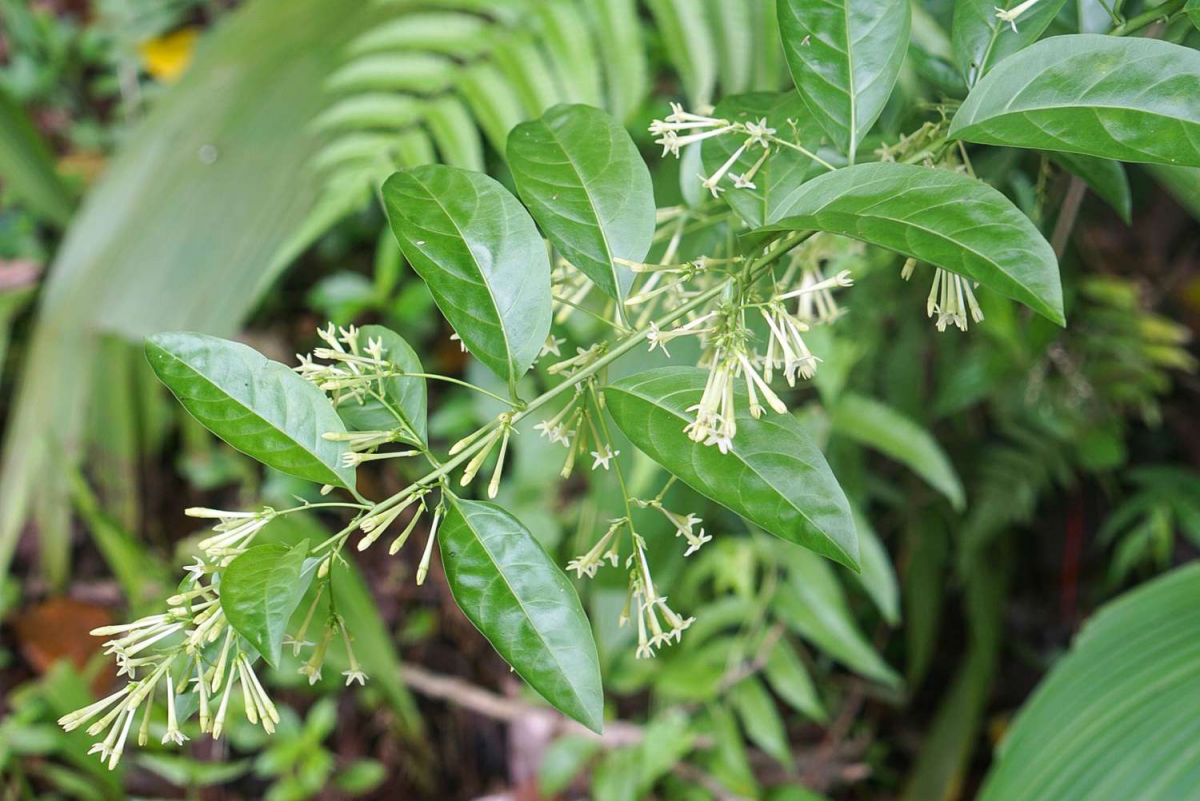
The Simple Routine: Water, Food, and Care
Nailing these three things is 80% of the battle. Consistency is everything.
How to Plant It Right
Whether it’s going in a pot or the ground, the steps are the same. Dig a hole that’s just as deep as the plant’s root ball but about twice as wide. Gently slide the plant out of its nursery pot. If the roots are all wound up in a tight circle, gently pull them apart with your fingers to encourage them to grow outward. Set the plant in the hole, making sure the top of the root ball is level with or even slightly above the surrounding soil. Planting too deep is a super common mistake that can kill the plant. Fill the hole back in, press the soil down gently, and give it a really good drink of water to help everything settle.
A Smarter Way to Water
Forget watering on a strict schedule. The best advice is to let the plant tell you when it’s thirsty. The easiest way to check is to stick your finger about two inches into the soil. If it feels dry, it’s time to water. If you feel any dampness at all, give it another day or two. In the peak of summer, a 12-inch pot might need water every 2-3 days. In the milder weather of spring or fall, that could stretch to once a week.
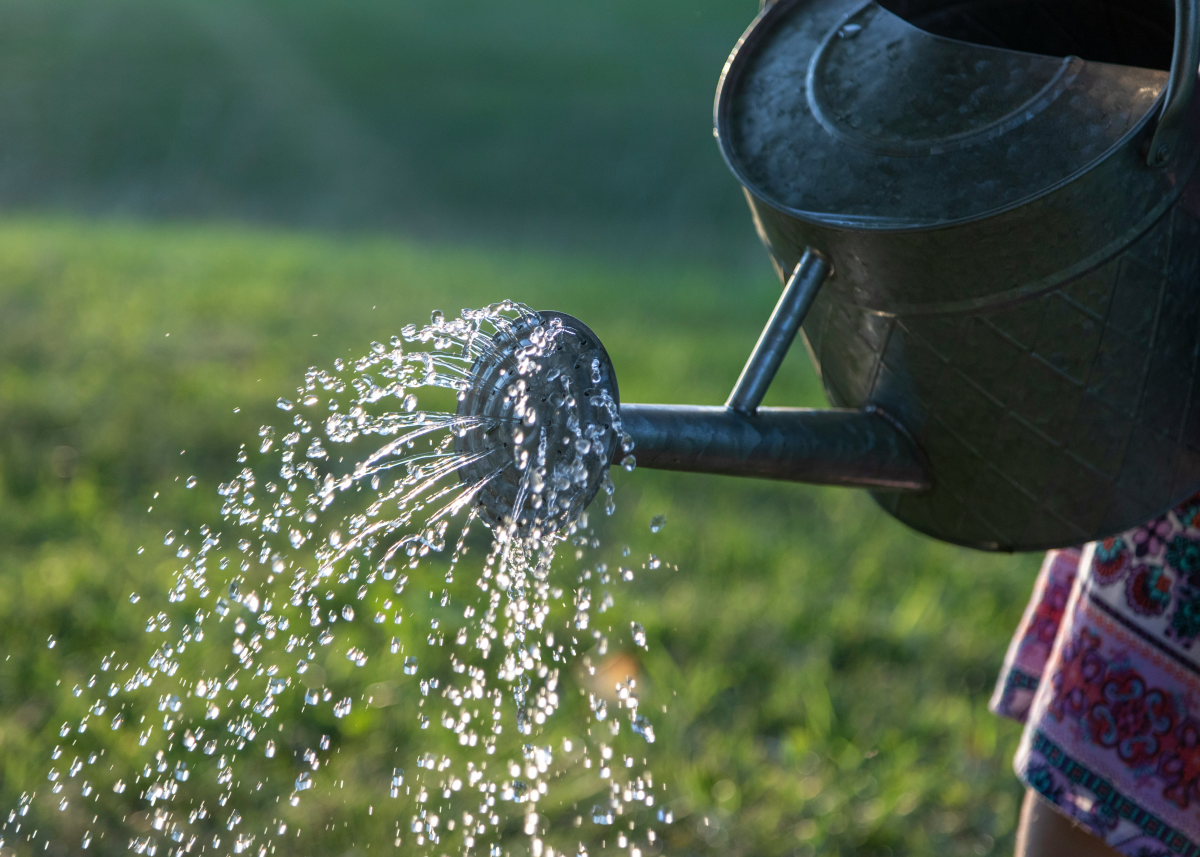
Feeding for Flowers
To get those amazing blooms, your plant needs food, but only during the spring and summer growing season. Use a balanced, all-purpose liquid fertilizer—something with numbers like 10-10-10 on the label. The key is to dilute it to half the strength recommended on the bottle. Feed it this gentle mix every 3 to 4 weeks. Once fall arrives, stop feeding completely until the following spring. Here’s a lesser-known trick: if you give it a fertilizer that’s too high in nitrogen, you’ll get a gorgeous, lush green bush with lots of leaves… but no flowers. Balance is key!
Pruning: How to Keep It Bushy and Full of Blooms
Don’t be afraid to prune! This plant grows fast, and cutting it back is what keeps it looking bushy and encourages more flowers. The best time to do it is in late winter or very early spring, just before you see new growth starting to pop. You can trim the whole plant back by about a third. This forces it to send out new side shoots, and more branches mean more blooms. Throughout the summer, it also helps to snip off any clusters of flowers that are finished. This tidies up the plant and nudges it to keep blooming.
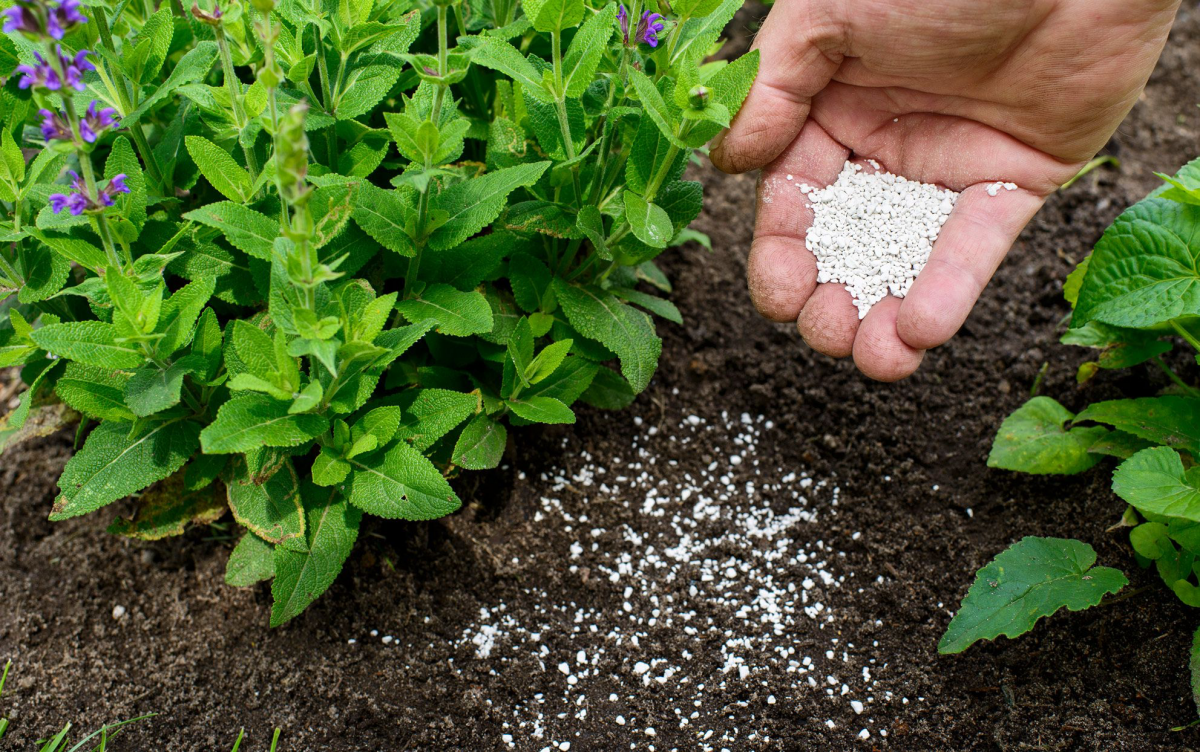
Winter Care: Bringing Your Plant Indoors
If you live where it freezes, you’ll need a winter game plan. Before the first frost hits, it’s time to move your potted plant indoors. Find a spot that’s cool but still bright, like a garage with a window, an unheated sunroom, or a cool basement with a grow light. The goal isn’t for it to thrive, but to survive. Cut way, way back on watering—just enough to keep the soil from becoming bone dry, maybe a small drink once every 3-4 weeks. It will probably look pretty sad and drop a lot of its leaves. Don’t panic! This is totally normal. It’s just dormant, like a bear hibernating. Once you bring it back out in the spring, it will bounce back to life.
Troubleshooting: Why Isn’t My Plant Blooming?
If you’re getting frustrated, run through this quick checklist. The answer is usually here:
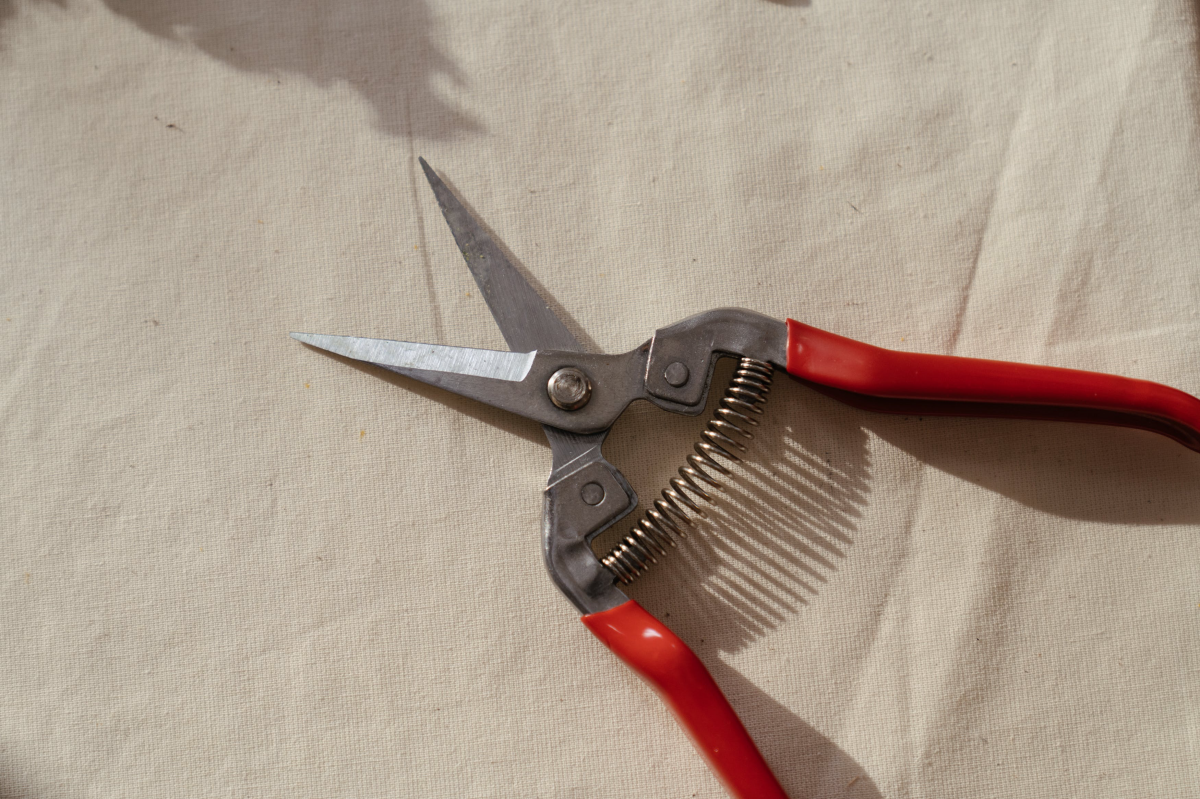
- Is it getting enough sun? Remember, it needs at least 6 hours of direct, bright sunlight to charge up for its blooms. This is the #1 cause of no-shows.
- Are you feeding it correctly? Too much nitrogen (from the wrong fertilizer) or no food at all can stop it from flowering. Stick to a balanced, half-strength feed during the growing season.
- How’s the water situation? Both overwatering (soggy roots) and underwatering (stress) can prevent blooms. Use the finger test!
- Does it need a haircut? An overgrown, leggy plant might not be producing as many flowers. A good prune in the spring can work wonders.
Good to know: You’re most likely to find these plants at a good local nursery rather than a big-box store. If you strike out there, many reputable online shops specialize in tropical plants and can ship a healthy starter plant right to your door, usually for between $20 and $40 depending on its size.
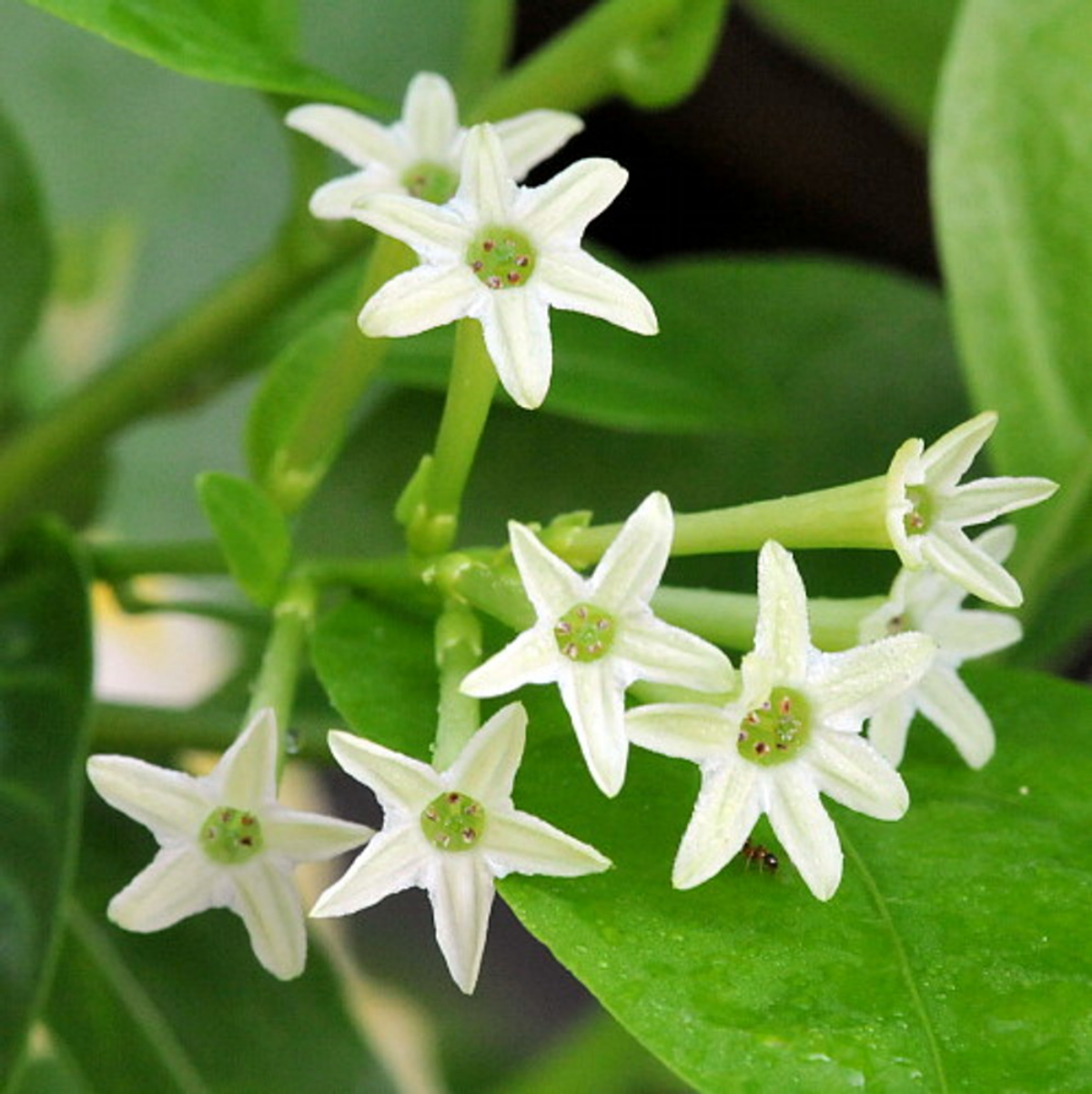
Galerie d’inspiration
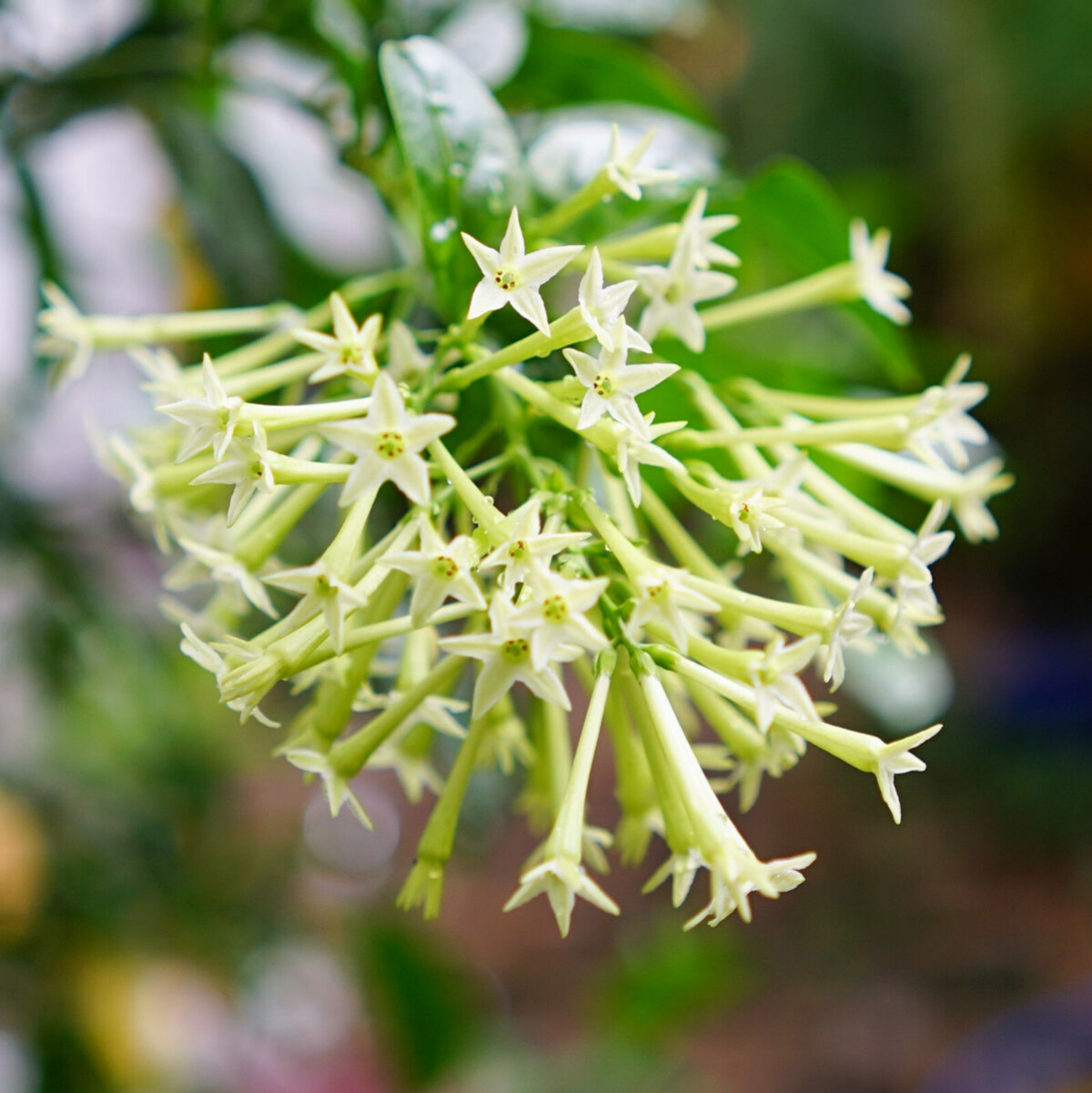
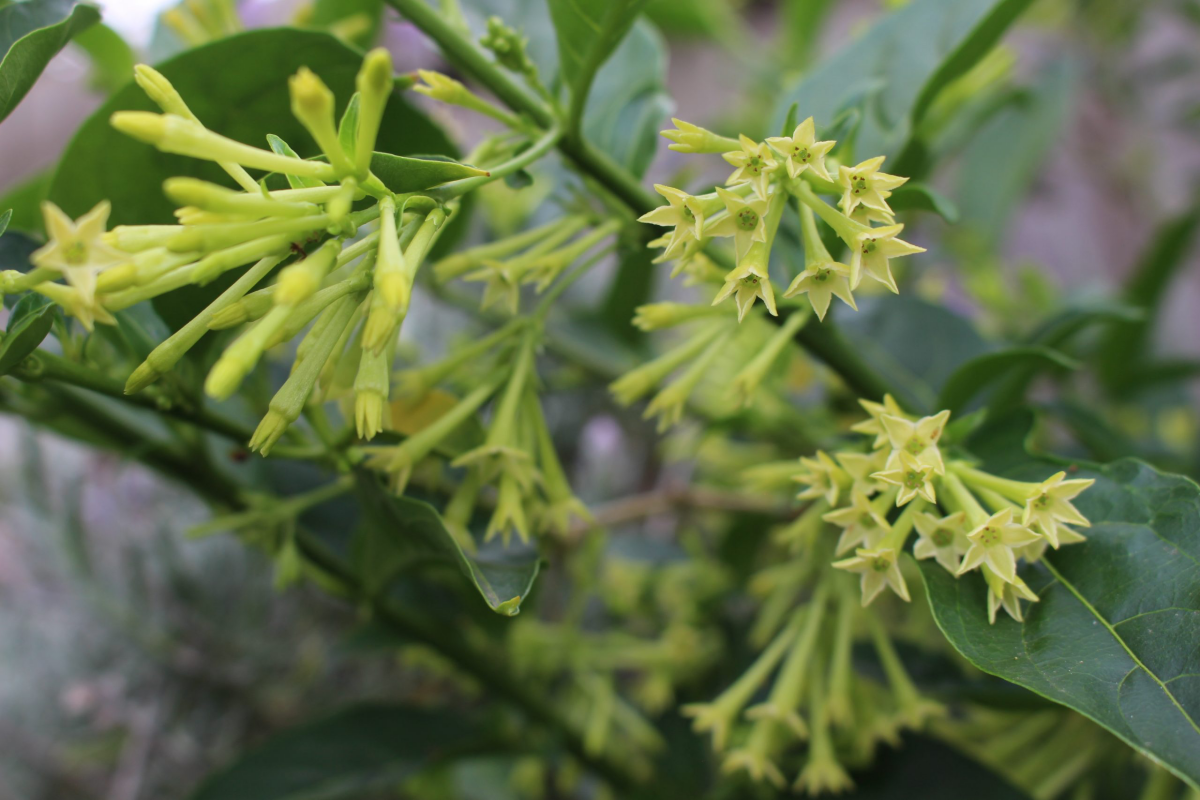
To truly elevate your jasmine’s evening performance, design a
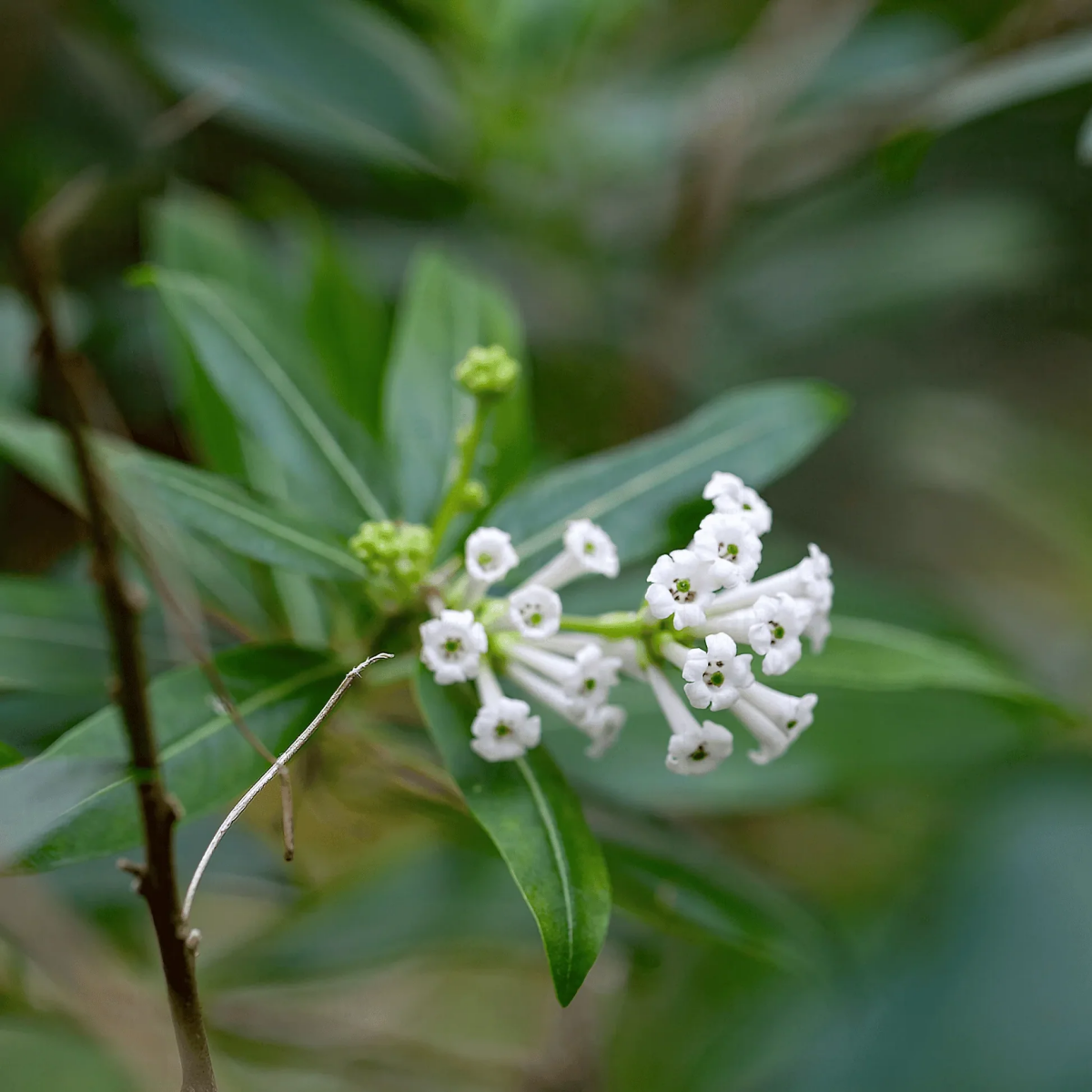
What’s the best fuel for those intensely fragrant blooms?
It’s all about the right diet during the growing season. Feed your night-blooming jasmine every 3-4 weeks with a fertilizer high in phosphorus (the ‘P’ in N-P-K ratios), which encourages flowering. A bloom-booster formula, like a liquid feed from Miracle-Gro or the granular Flower-tone from Espoma, is ideal. Avoid high-nitrogen fertilizers, which will only give you lush leaves with few flowers.
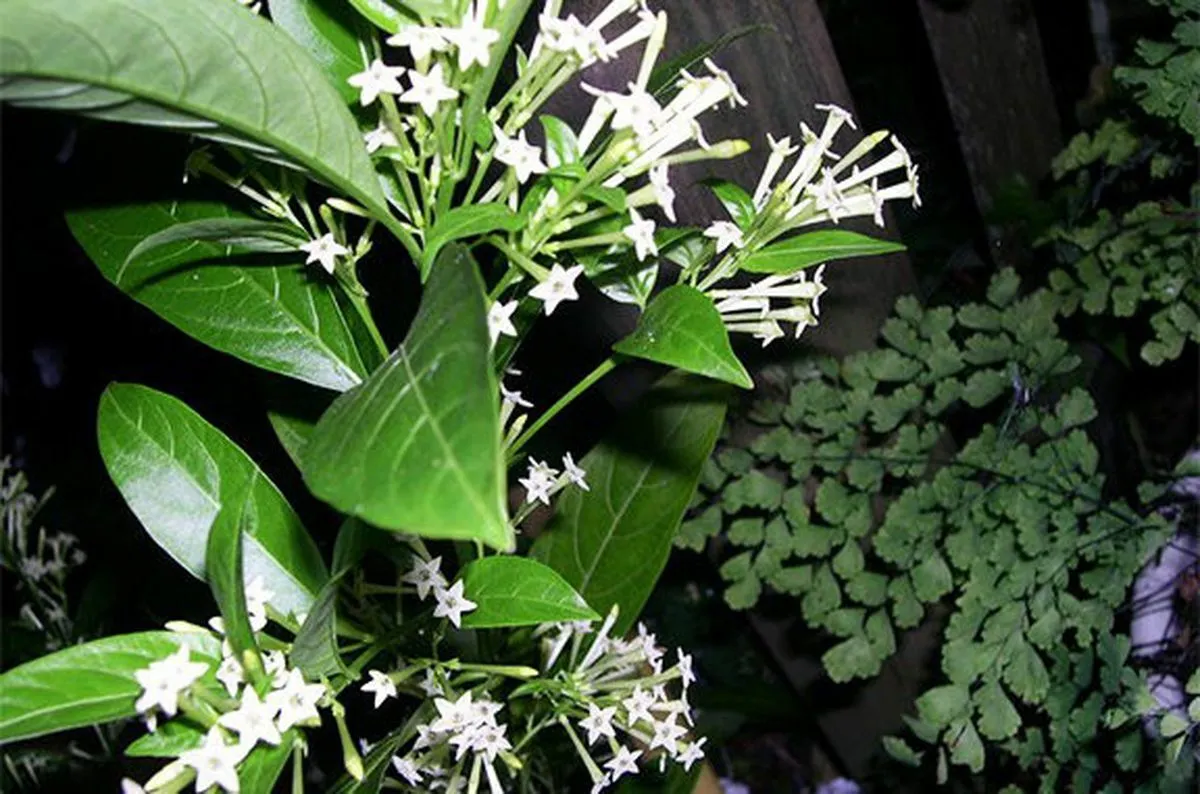
The potent fragrance of a single Cestrum nocturnum plant can be detected up to 300 feet (nearly 100 meters) away on a still evening.
This impressive range is why strategic placement is everything. Position it near a patio or walkway where the breeze can carry the scent towards you, but perhaps not directly under a bedroom window if you find strong perfumes overwhelming at night.
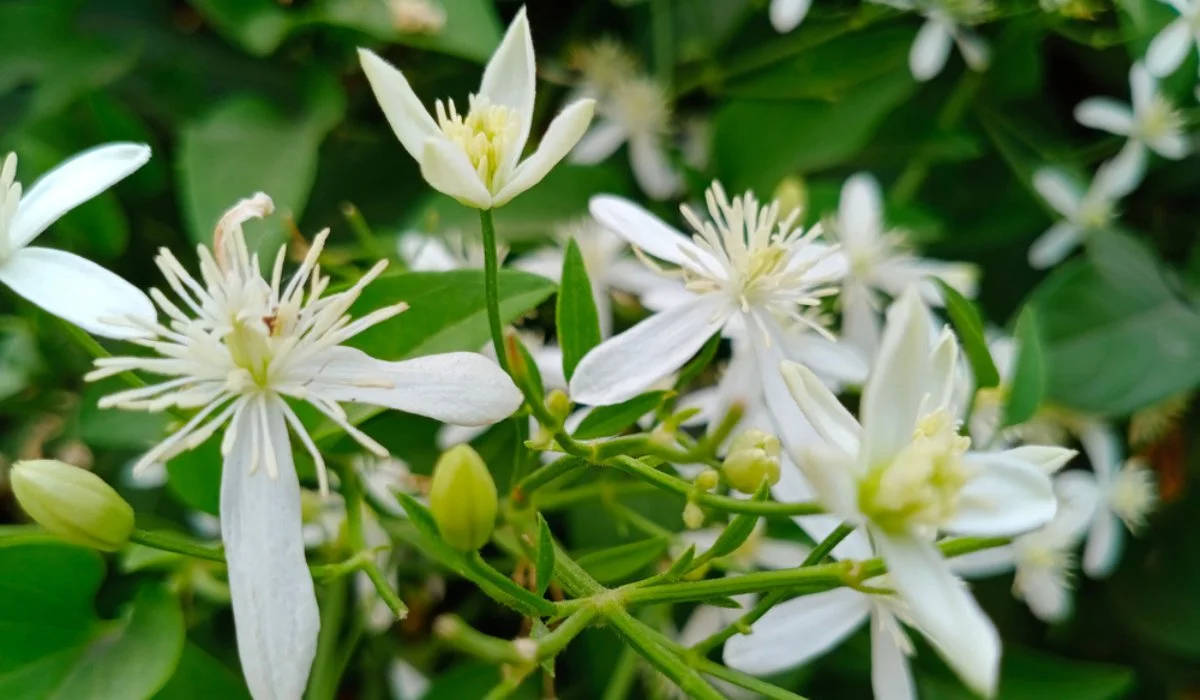
- A much fuller, less “leggy” shape.
- A spectacular explosion of flowers on every new branch.
The secret? A hard prune. This plant blooms on new growth, so don’t be afraid to cut it back significantly—by as much as a third—after its last flowering cycle in the fall or in early spring before new growth begins. This encourages a flush of fresh, flower-bearing stems.
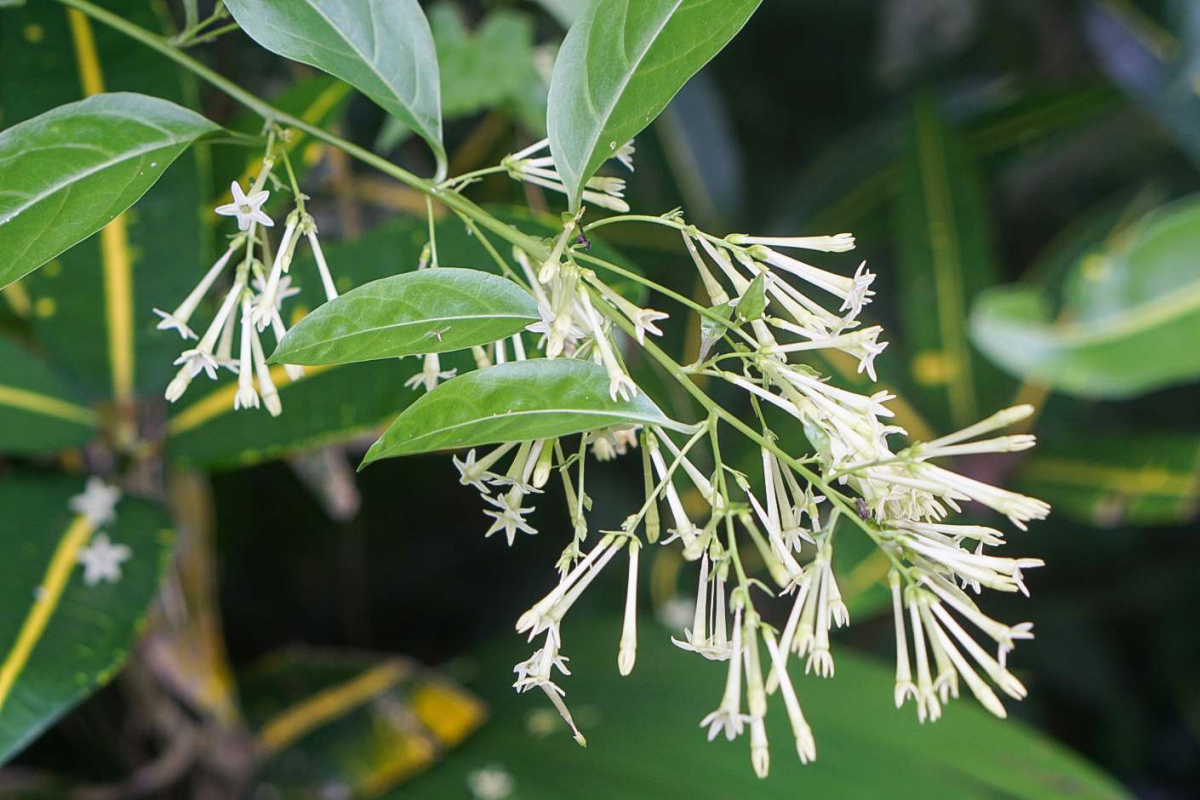
One major pitfall: Believing that “night-blooming” means the plant loves deep shade. In reality, it needs to charge its batteries all day to put on its evening show. For the most abundant flowers and strongest scent, provide at least 6 hours of direct, full sun. Think of it as a solar-powered perfume factory.
Container Choice: Terracotta. Its porous nature allows soil to breathe and dry out more evenly, preventing the root rot that Cestrum nocturnum is susceptible to. It’s a classic choice for a reason.
Container Choice: Glazed Ceramic or Plastic. These non-porous pots retain moisture much longer. They are a good option in very hot, dry climates but require a vigilant approach to watering and a high-quality, well-draining soil mix to avoid waterlogging.










